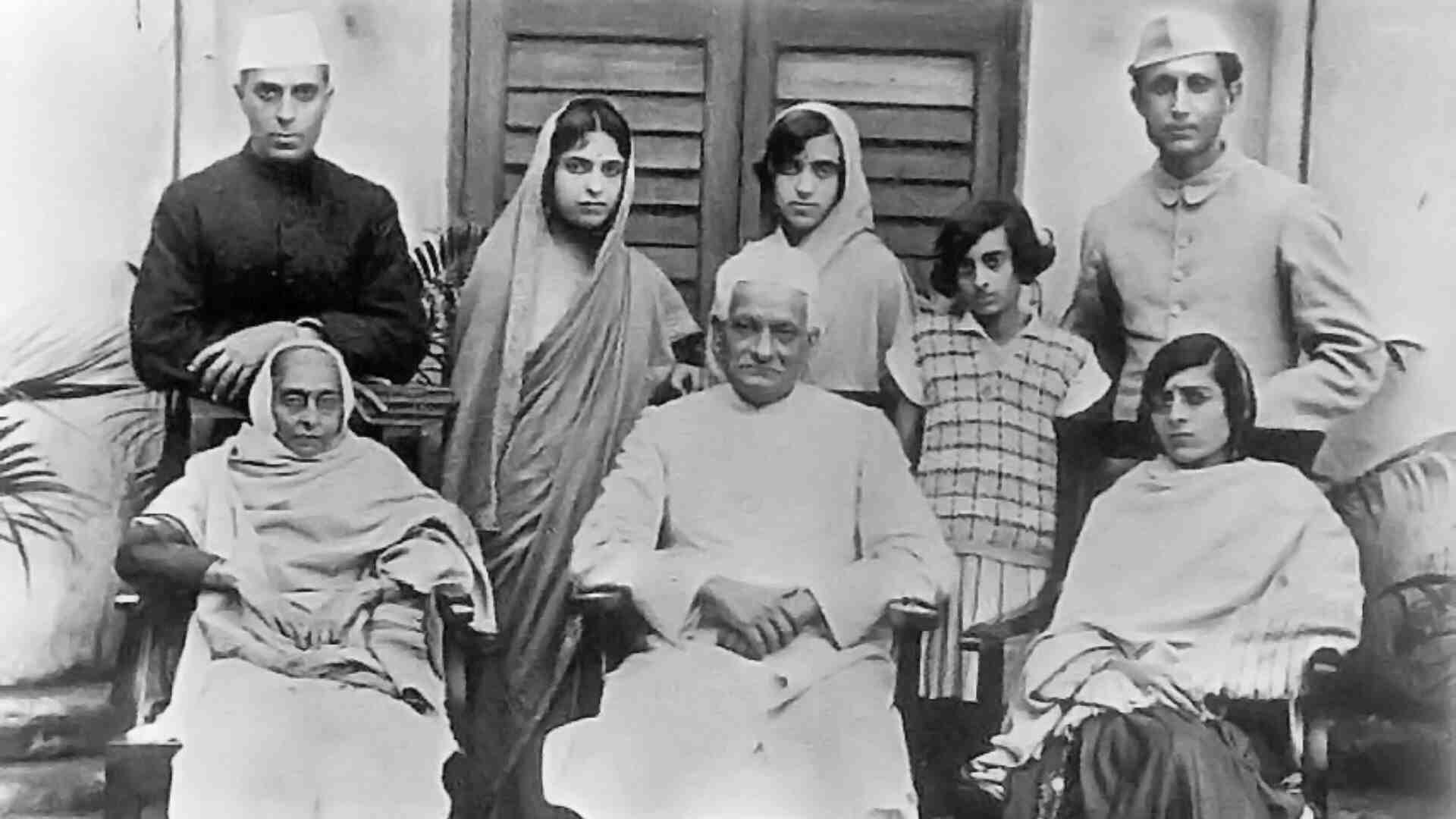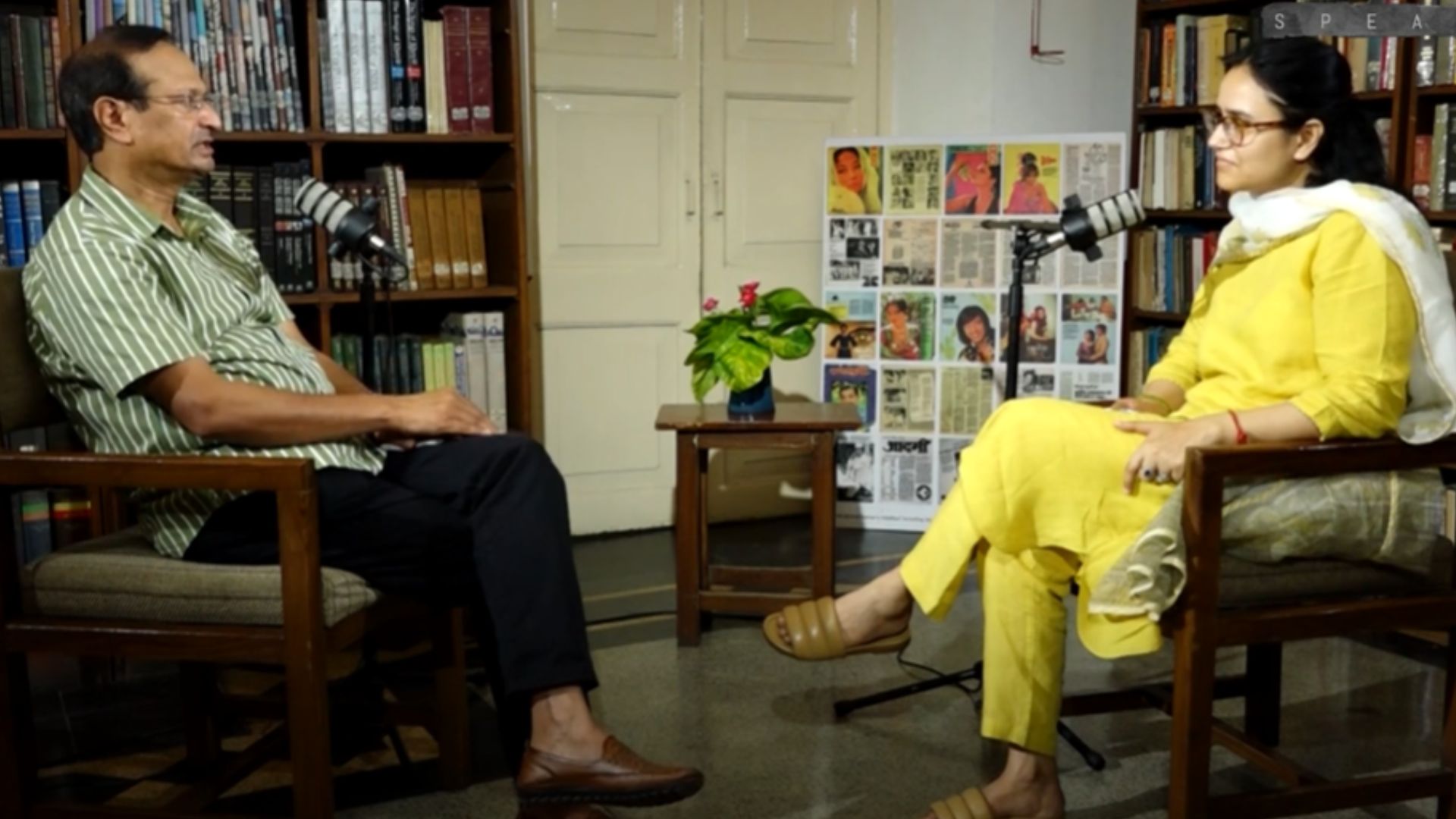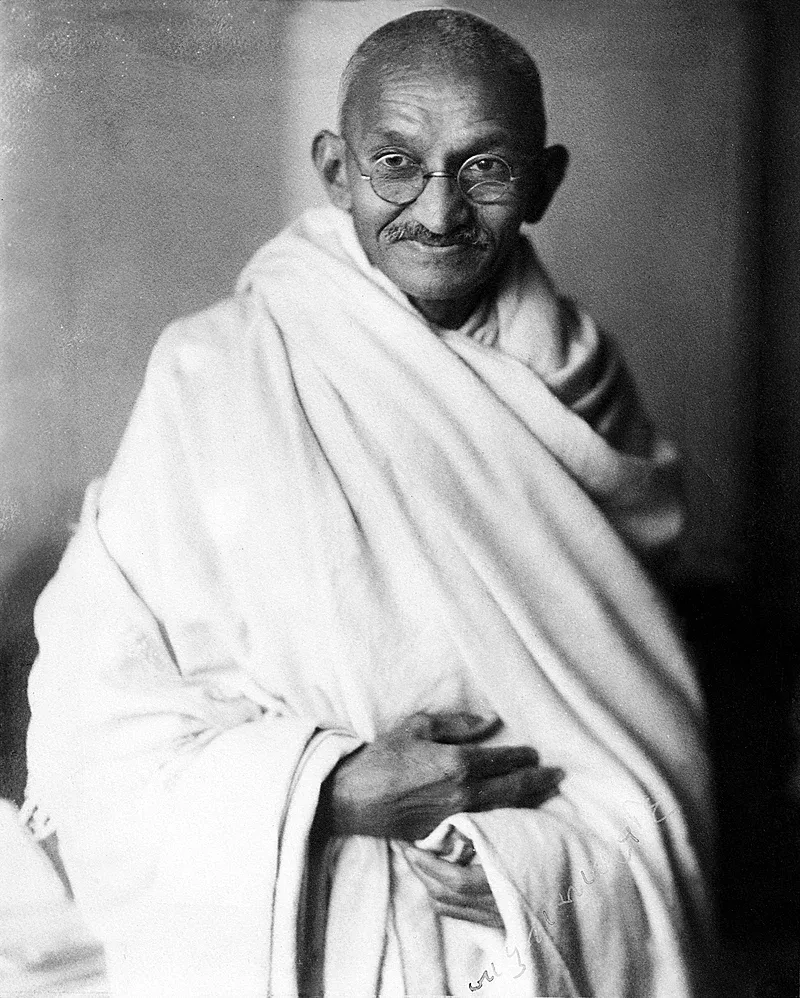The journey of millets from Vedic culture to the present times involves a rich history of cultivation, dietary preferences, cultural significance, and a recent resurgence due to their nutritional benefits and sustainability.
These are names of some ancient grains that have nourished humanity from prehistoric times. Some of these might seem familiar as they have made a comeback on the Indian plate. In contrast, others are seeing a revival on the global stage even though they have been part of hyperlocal cuisine in remote parts of India and the world.
These ancient grains, some dating back to about 5000 years ago, lost out to the more commonly grown industrialised wheat, rice and corn. The healthy ancient grains were eclipsed when at least in India, due to the Green Revolution in the 1940s and 50s, the emphasis was on producing high-yielding strains of grains that could feed the population.
However, it is widely acknowledged now that these ancient grains may hold the key to modern-day problems of chronic diseases and global food insecurity due to climate change. Recognising the potential of these ancient grains to address matters of health, environment, low water requirement, resistance to pests and farmer welfare, the United Nations, at the behest of the Government of India, has declared 2023 as the International Year of Millets.
As millets have a long history in the Indian subcontinent, and their use can be traced back to ancient times, including the Vedic period. The Vedas, which are the oldest sacred texts of Hinduism, provide some insights into the agricultural practices and dietary habits of the people during that era. Millets were likely an essential part of Vedic culture for several reasons:
Agricultural Practices: The Vedas contain references to various crops and agricultural practices. Millets, being hardy and adaptable to different agro-climatic conditions, were likely cultivated during the Vedic period. The Rigveda, one of the oldest Vedic texts, mentions different types of crops and the importance of agriculture.
Culinary Uses: Millets would have been used in the preparation of various food items. While the specific culinary practices of the Vedic period are not extensively detailed in the Vedas, it is reasonable to assume that millets were a part of the daily diet, used to make flatbreads, porridges, and other dishes.
Symbology and Rituals: The Vedas often use symbolic language and metaphors. Certain grains, including barley and rice, hold symbolic significance in Vedic rituals. While millets may not be explicitly mentioned in the rituals, the overall importance of grains in Vedic ceremonies suggests that a variety of grains, including millets, would have been a part of the agricultural and religious landscape.
Diversity in Agriculture: The Vedic people recognized the importance of diversifying agricultural practices. Different regions in the Indian subcontinent have different agro-climatic conditions, and millets, with their ability to grow in various environments, would have played a role in ensuring food security and sustainability.
Ayurveda: Ayurveda, the ancient Indian system of medicine, also recognizes the nutritional and medicinal properties of various grains, including millets. Millets are considered to have a balancing effect on the doshas (body constitution) in Ayurveda, and they are recommended for their health benefits.
It is reasonable to infer that millets were part of the agricultural practices and diet during that period. The historical and cultural significance of millets in India is a testament to their longstanding presence in the country’s agricultural and culinary traditions.
Here’s a guide that will spare you the blushes of being an ancient grain ignoramus.
What makes for a potential blockbuster on the plate depends on how well these grains adapt to the current food habits, the ease at which they can be made part of the daily diet and their health benefits.
Flour made out of grains such as amaranth (rajgira in Hindi), barley (jau), pearl millet (bajra), finger millet (ragi), and sorghum (jowar) lends well to doughs that are used to make the quintessential chapatis and rotis. These grains have higher fibre and protein content and can be used to make the typical Indian meal less carb-heavy. Some older generations might still remember using these grains commonly till they lost out to the wheat. These grains are also gluten-free and so is a godsend for individuals who love rotis but are gluten-sensitive or gluten-intolerant.
Buckwheat or kuttu is a seed that masquerades as a cereal due to its high starch content (people with diabetes beware) and is closely associated with religious celebrations. It is gluten-free, though and therefore found in gluten-free bread loaves!
Given that India is the largest millet exporter in the world, the range of millets found in India is fantastic. India’s most commonly used millets are little millet, barnyard millet, proso millet, foxtail millet, sorghum (jowar), Kodo millet and pearl millet. These tiny grains are a nutrient powerhouse and can be ground up into flour, cooked as you would rice, or made into porridges, dosas, or even halwa. The “snacky kinds” would also be interested to know that millets have made their way into noodles, bread, pancakes, biscuits and other savoury and sweet snacks.
The plethora of food options that use millet as the base ingredient works excellent for individuals seeking health benefits. Most millets have been estimated to be at least three times more nutritious than rice, wheat and maize (corn) in terms of vitamins, fibre content, protein and minerals such as calcium, magnesium and iron. They also contain vitamin E and health-promoting phytonutrients such as phytosterols, polyphenols, phytocyanins, lignins, and phyto-oestrogens.
These phytonutrients, through their actions, may help prevent age-related degenerative illnesses such as cardiovascular diseases, type-2 diabetes, and cancer. Due to their high fibre content, millets are also diabetic friendly as they raise the glucose in the blood at a lower rate (low glycemic index).
However, it has to be kept in mind that the nutrient profile of these ancient grains changes based on how they are processed. A smooth sifted millet flour will have less fibre than a coarser unsifted one.























